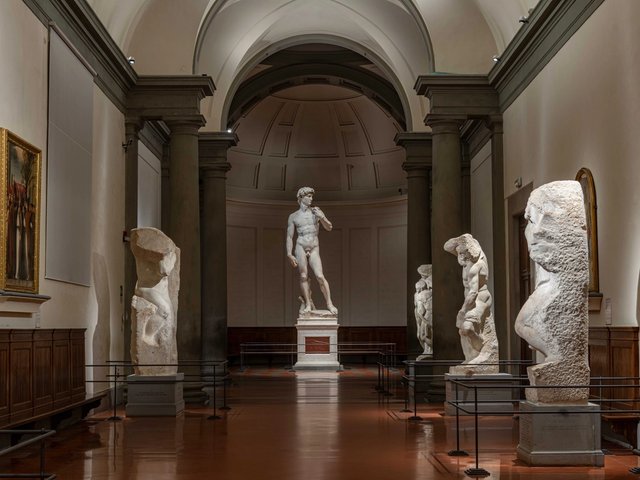Researchers from Stanford University working with officials from museums and churches in Florence, Rome, and the Vatican are creating the first three-dimensional archive of Michelangelo’s sculptures. Using three computer-controlled laser scanners equipped with colour cameras the Stanford team scanned the artist’s sculpture of David and his unfinished slaves in the Galleria dell’Accademia in Florence in January and discovered that David is three feet taller than guide books sold at the Galleria dell’Accademia indicate. They are now working on the artist’s sculptures in the Medici Chapel. Once a sculpture has been scanned, researchers apply algorithms developed at Stanford to develop the data into an accurate three-dimensional computer model. They then create a matching overlay that contains additional data about surface colour and characteristics required to reproduce its image accurately. In 1996 this technology was used to create a “3-D fax”. A small statue was scanned and the three-dimensional computer model created was transmitted to a stereolithography plant which used the information to produce a detailed plastic replica of the original statue. The range of applications that will be possible with these computer models includes the virtual reconstruction of damaged sculptures. After completing their work in Florence, the researchers move to Rome where they will scan Michelangelo’s Pietà and Moses. They will also scan the ancient Roman sculptural group known as the Laocoon in the Vatican Museum. The $1.5 million project is being funded by the Interval Research Corporation, created by Microsoft co-founder Paul Allen and Silicon Valley veteran David Liddle, and the Allen Foundation for the Arts, one of Paul Allen’s charitable organisations.
Originally appeared in The Art Newspaper as 'Digital makeover for Michelangelo'


